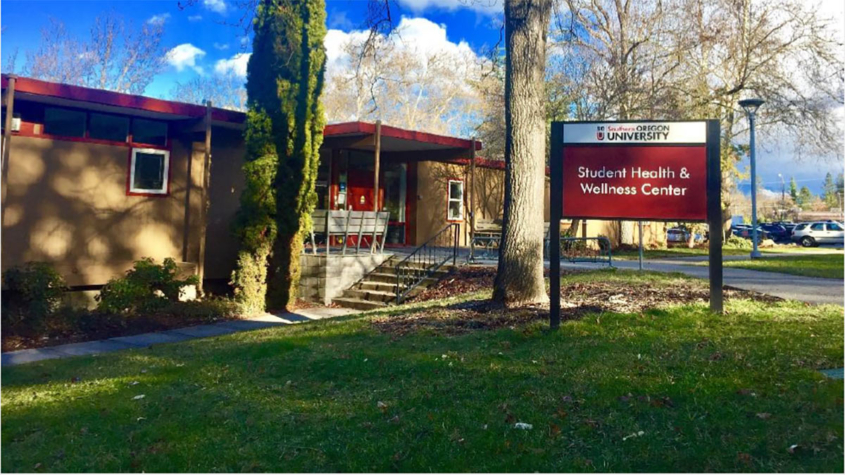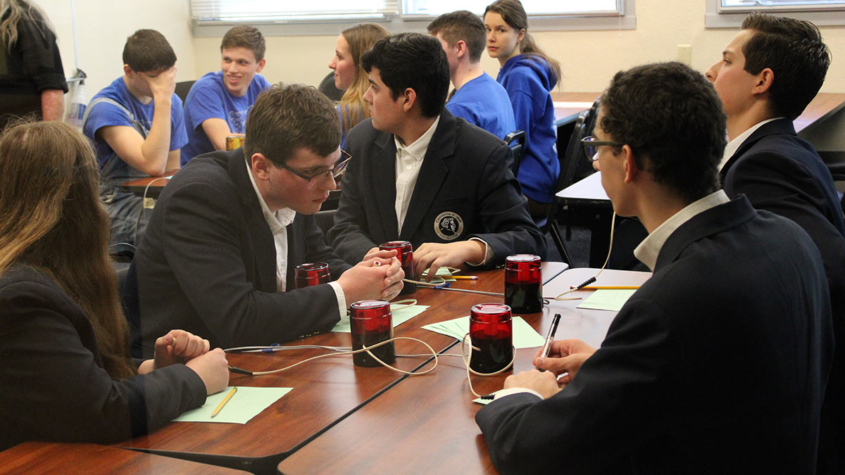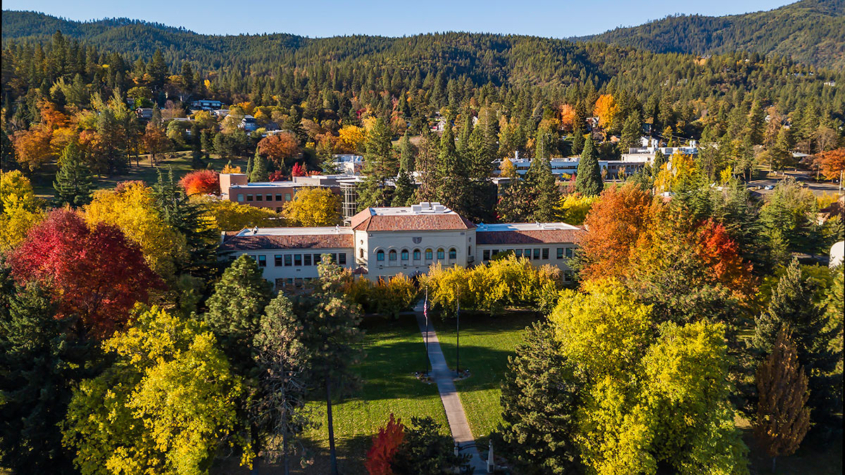Inaugural SOU Business Venture Tournament: innovative ideas across disciplines
(Ashland, Ore.) — Southern Oregon University (SOU) will host its inaugural Business Venture Tournament this week. The groundbreaking competition – designed to nurture entrepreneurial ideas from students across all academic disciplines – is intended to transform innovative ideas into successful business ventures, with generous support from SOU alumni Jim Teece and Dena Matthews.
The tournament’s final competition and gala event will be held from 5 to 6:30 p.m. on Thursday, June 6, in Room 217 of Britt Hall on the SOU campus. Seventeen students from various academic disciplines have submitted their venture ideas, and seven finalists will present their projects in Thursday’s final round.
The tournament’s primary goal is to help students understand that regardless of their major, any idea with an organizational structure inherently involves crucial business elements. That knowledge is essential for students pursuing any passion – from an Environmental Science major aiming to rescue endangered species to a Theatre major planning to open a children’s space for learning drama and dance.
By participating in the tournament, students gain hands-on experience in idea proof-of-concept, market research, venture promotion and presentation skills, preparing them for the real world.
The competition offers significant prizes: $3,000 for first place, $700 for second place, $250 for third place and $500 for the best sustainability features. Students who vote for a pitch and attend the gala will also be entered into a drawing for a $500 gift certificate at Southern Oregon Wilderness Adventures.
Teece and Matthews provided the initial funding for the Business Venture Tournament, envisioning a competition that would be inclusive of students from all academic backgrounds. That vision was brought to life by Vincent Smith, Ph.D., director of the School of Science and Business, and Douglas Daley, coordinator for SOU’s MBA program. Daley developed and executed the competition’s structure with support from Smith and graduate intern Jenny Chynoweth.
Thursday’s final round event will feature sponsors and table hosts, including the Ashland Food Co-Op, Southern Oregon Wilderness Adventures, Talent MakerCity, the SOU Small Business Development Center, SCORE Jackson County, Seed Collective, Rogue To-Go, Crater Works & Direct Involvement Recreation Teaching (DIRT), the SOU Institute of Applied Sustainability and Rogue Valley Women in Business.
For more information, visit venture.sou.edu.
-SOU-










